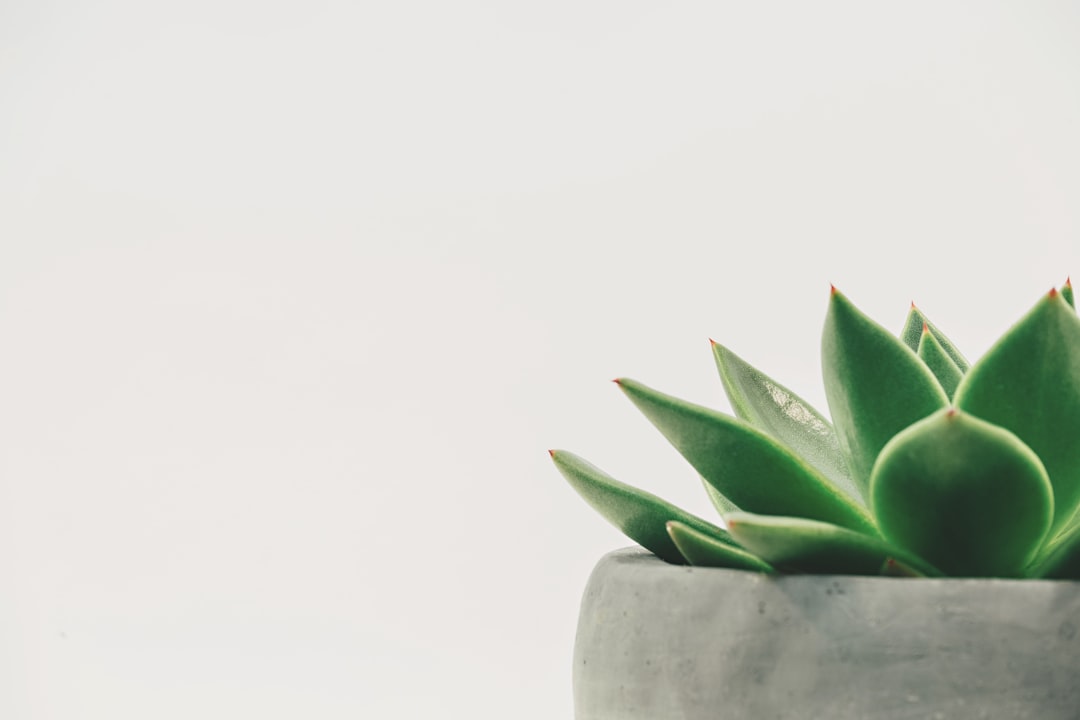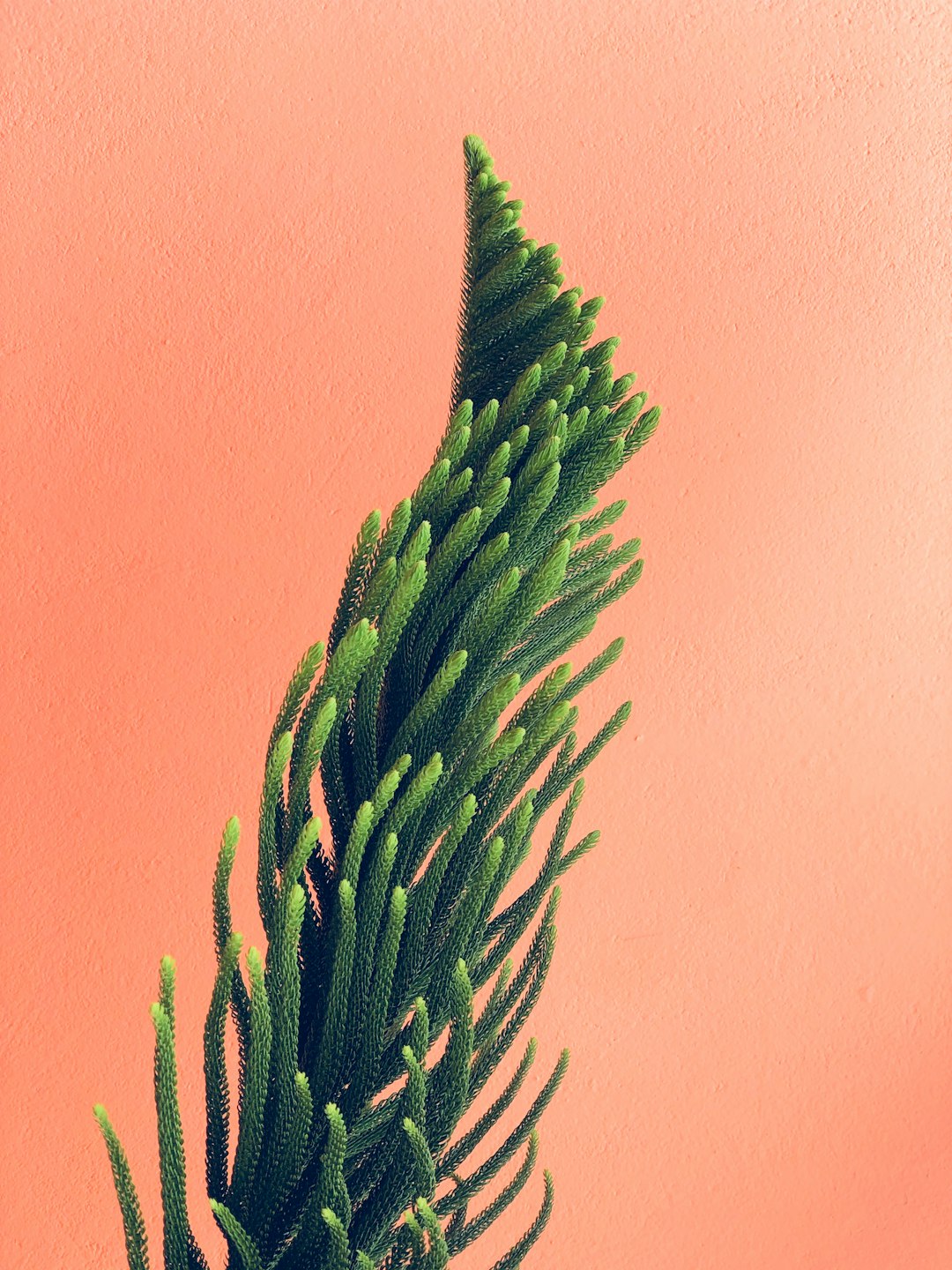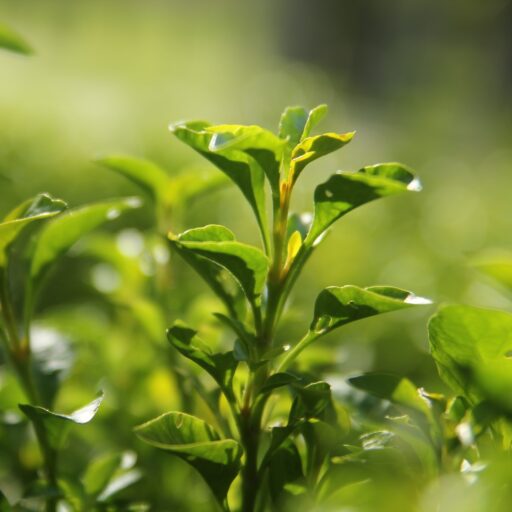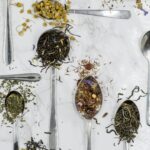Support our educational content for free when you purchase through links on our site. Learn more
What Are 10 Common Pests and Diseases Affecting Tea Plants? 🌱
Have you ever sipped a cup of tea and wondered about the journey those leaves took to your cup? While enjoying your favorite brew, you might not realize that tea plants face a myriad of challenges from pests and diseases that can threaten their growth and quality. At Growing Teas™, we’ve delved deep into the world of tea cultivation to uncover the top 10 common pests and diseases that can affect your beloved tea plants.
Imagine walking through your tea garden, only to find that your plants are wilting or covered in strange spots. What if we told you that understanding these threats could be the key to a thriving tea garden? In this article, we’ll not only identify these pesky invaders but also share effective strategies to combat them. So, grab your gardening gloves and let’s dive into the fascinating world of tea plant care!
Key Takeaways
- Regular monitoring is crucial for early detection of pests and diseases.
- The top 10 common pests include the tea mosquito bug, red spider mite, and tea aphid.
- Diseases like rust and leaf spot can severely impact tea quality and yield.
- Implementing natural remedies such as neem oil and insecticidal soap can effectively control infestations.
- Maintaining good garden hygiene and practicing companion planting can help deter pests.
Ready to protect your tea garden? 👉 Shop natural pest control solutions like Neem Oil and Insecticidal Soap to keep your plants healthy and thriving! 🌿
Table of Contents
- Quick Tips and Facts
- Understanding Tea Plant Vulnerabilities: A Background on Common Pests and Diseases
- Top 10 Common Pests That Affect Tea Plants
- Exploring the Impact of Tea Plant Diseases
- Signs and Symptoms of Infestation and Infection
- Effective Pest and Disease Management Strategies for Tea Plants
- Natural Remedies and Organic Solutions for Tea Plant Care
- The Importance of Regular Monitoring and Maintenance
- Conclusion
- Recommended Links
- FAQ
- Reference Links
Quick Tips and Facts
As tea growers at Growing Teas, we’ve learned that preventing pests and diseases is crucial for a healthy tea garden. Check out our tips on Green Tea Cultivation for more information. Here are some quick tips to get you started:
- Monitor your tea plants regularly for signs of infestation or infection.
- Use natural remedies like neem oil and organic solutions to control pests and diseases.
- Practice good hygiene and sanitation in your tea garden.
- Learn about the common pests and diseases that affect tea plants, such as aphids, mites, and root rot.
- Keep your tea garden well-maintained, with regular pruning and fertilization.
For more information on tea plant care, check out our article on Growing Teas.
Understanding Tea Plant Vulnerabilities
Tea plants are susceptible to a range of pests and diseases, including mites, bugs, aphids, mealybugs, scales, thrips, caterpillars, borers, grubs, beetles, and nematodes. According to the UPASI Tea Research Foundation, some of the most common pests and diseases that affect tea plants include:
- Tea mosquito bug: Causes punctures in plant tissues, leading to reddish-brown spots and leaf curling.
- Red spider mite: Causes maintenance foliage to turn ruddy bronze, leading to defoliation.
- Tea aphid: Causes leaf curling and stunted shoot growth.
- Root knot nematode: Causes severe galling of roots, leading to smaller, yellowish leaves and retarded growth.
Understanding Tea Plant Vulnerabilities: A Background on Common Pests and Diseases

As tea growers, it’s essential to understand the vulnerabilities of tea plants to pests and diseases. Tea plants are susceptible to a range of pests and diseases, including bacterial diseases, fungal diseases, nematodes, and lepidoptera pests. According to Wikipedia, some of the most common pests and diseases that affect tea plants include:
- Bacterial canker: Caused by Xanthomonas campestris pv. theicola, Xanthomonas gorlencovianum.
- Anthracnose: Caused by Colletotrichum theae-sinensis, Gloeosporium theae-sinensis.
- Root knot nematode: Caused by Meloidogyne javanica.
Top 10 Common Pests That Affect Tea Plants
Here are the top 10 common pests that affect tea plants:
- Tea Mosquito Bug: Causes punctures in plant tissues, leading to reddish-brown spots and leaf curling.
- Red Spider Mite: Causes maintenance foliage to turn ruddy bronze, leading to defoliation.
- Tea Aphid: Causes leaf curling and stunted shoot growth.
- Mealybug: Feeds on young shoots, leading to defoliation.
- Thrips: Causes lacerations and streaks on young leaves and buds, leading to uneven and curled leaves.
- Caterpillars: A large group of insects injurious to tea, including flushworms, leaf rollers, and tea tortrix.
- Borers: Include red borer, hepialid borer, and shot hole borer, which bore into stems and roots, causing damage and cankers.
- Grubs: Include white grub, which eats roots of young plants, causing ring barking.
- Beetles: Include leaf eating beetles and leaf eating weevil, which feed on mature foliage.
- Nematodes: Include root knot nematode, burrowing nematode, and dagger nematode, which cause galling and damage to roots.
Exploring the Impact of Tea Plant Diseases
Tea plant diseases can have a significant impact on tea yields and quality. According to ShunCy, some of the most common diseases that affect tea plants include:
- Rust: Caused by various fungi, including Hemileia ravanica.
- Leaf spot: Caused by various fungi, including Calonectria theae, Cylindrocladium theae.
- Root rot: Caused by various fungi, including Cylindrocladiella camelliae, Cylindrocladium camelliae.
Signs and Symptoms of Infestation and Infection
It’s essential to monitor your tea plants regularly for signs of infestation or infection. Here are some common signs and symptoms to look out for:
- Yellowing or browning of leaves: Can be caused by pests like aphids, mites, or diseases like root rot.
- Leaf curling or distortion: Can be caused by pests like tea aphid or diseases like leaf spot.
- White, cottony patches on leaves: Can be caused by pests like mealybugs or diseases like powdery mildew.
- Holes or tears in leaves: Can be caused by pests like caterpillars or diseases like leaf spot.
Effective Pest and Disease Management Strategies for Tea Plants
Effective pest and disease management strategies are crucial for maintaining a healthy tea garden. Here are some strategies to consider:
- Monitor your tea plants regularly: Check for signs of infestation or infection, and take action promptly.
- Use natural remedies and organic solutions: Consider using neem oil, insecticidal soap, or horticultural oil to control pests.
- Practice good hygiene and sanitation: Keep your tea garden clean and well-maintained to prevent the spread of pests and diseases.
- Use physical barriers: Consider using fine mesh or fine netting to prevent pests like aphids and whiteflies from reaching your tea plants.
Natural Remedies and Organic Solutions for Tea Plant Care
Natural remedies and organic solutions can be effective in controlling pests and diseases in tea plants. Here are some options to consider:
- Neem oil: A natural insecticide that can be used to control pests like aphids, mites, and caterpillars.
- Insecticidal soap: A mild dish soap that can be used to control pests like aphids and whiteflies.
- Horticultural oil: A refined mineral oil that can be used to control pests like aphids, mites, and scales.
- Companion planting: Planting certain plants, like marigolds or nasturtiums, alongside your tea plants can help deter pests.
The Importance of Regular Monitoring and Maintenance
Regular monitoring and maintenance are crucial for maintaining a healthy tea garden. Here are some tips to consider:
- Monitor your tea plants regularly: Check for signs of infestation or infection, and take action promptly.
- Keep your tea garden well-maintained: Regular pruning, fertilization, and soil testing can help prevent pests and diseases.
- Use mulch and compost: Mulch and compost can help retain moisture, suppress weeds, and regulate soil temperature.
- Keep your tea garden clean: Remove any debris or weeds that can harbor pests or diseases.
Conclusion

In conclusion, understanding the common pests and diseases that affect tea plants is essential for any tea grower aiming for a bountiful harvest. From the notorious tea mosquito bug to the insidious red spider mite, these pests can wreak havoc if left unchecked. Similarly, diseases such as rust and leaf spot can compromise the quality of your tea leaves.
By implementing effective management strategies, including regular monitoring, natural remedies, and good garden hygiene, you can protect your tea plants and ensure a healthy harvest. Remember, a proactive approach is the best defense!
If you’re looking for specific products to help manage pests and diseases, we recommend checking out natural insecticides like neem oil and insecticidal soap. They are effective, eco-friendly options that can help keep your tea garden thriving.
Positives:
- Eco-friendly and safe for the environment
- Effective in controlling a variety of pests
- Easy to apply
Negatives:
- May require multiple applications for severe infestations
- Some products may not be suitable for all types of pests
Overall, we confidently recommend incorporating these natural solutions into your tea gardening routine for a healthier, more productive tea garden! 🌱✨
Recommended Links
- 👉 Shop Neem Oil on: Amazon | Walmart | Neem Oil Official Website
- 👉 Shop Insecticidal Soap on: Amazon | Walmart | Safer Brand Official Website
- Books on Tea Gardening: The Tea Garden: A Practical Guide | Growing Tea: A Guide for Beginners
FAQ

How can I prevent pest infestations in my tea garden to ensure a healthy harvest?
Regular monitoring is key! Inspect your plants weekly for any signs of pests. Implementing companion planting can also help deter pests naturally. Additionally, maintaining good garden hygiene—removing debris and weeds—will reduce hiding spots for pests.
What are the most common diseases that affect tea plants and how can I treat them organically?
Common diseases include rust, leaf spot, and root rot. To treat them organically, you can use fungicides made from natural ingredients, such as baking soda or copper-based sprays. Regularly removing infected leaves and improving air circulation can also help.
What are the signs of nutrient deficiency in tea plants and how can I address them?
Signs of nutrient deficiency include yellowing leaves, stunted growth, and poor leaf quality. To address these issues, conduct a soil test to determine nutrient levels and amend your soil with organic fertilizers like compost or fish emulsion.
How often should I inspect my tea plants for pests and diseases to prevent damage?
We recommend inspecting your tea plants at least once a week. This allows for early detection of any issues, making it easier to manage before they escalate into major problems.
What are the best natural methods for controlling pests and diseases in a tea garden?
Some effective natural methods include:
- Neem oil: Acts as a natural insecticide.
- Insecticidal soap: Effective against soft-bodied insects.
- Diatomaceous earth: Deters crawling insects.
- Companion planting: Certain plants can repel pests.
Can I use integrated pest management techniques to protect my tea plants from harm?
Absolutely! Integrated Pest Management (IPM) combines biological, cultural, physical, and chemical tools to manage pests sustainably. This approach minimizes risks to people and the environment while effectively controlling pest populations.
What are the long-term effects of pest and disease infestations on tea plant yield and quality?
Long-term infestations can lead to reduced yields, poor leaf quality, and even plant death. This not only affects your immediate harvest but can also have lasting impacts on the overall health of your tea garden.
Reference Links
- UPASI Tea Research Foundation
- Wikipedia: List of Tea Diseases
- ShunCy: Exploring The Enchantment Of Tea Gardens
By staying informed and proactive, you can cultivate a thriving tea garden that produces high-quality leaves for years to come! 🌿🍵

